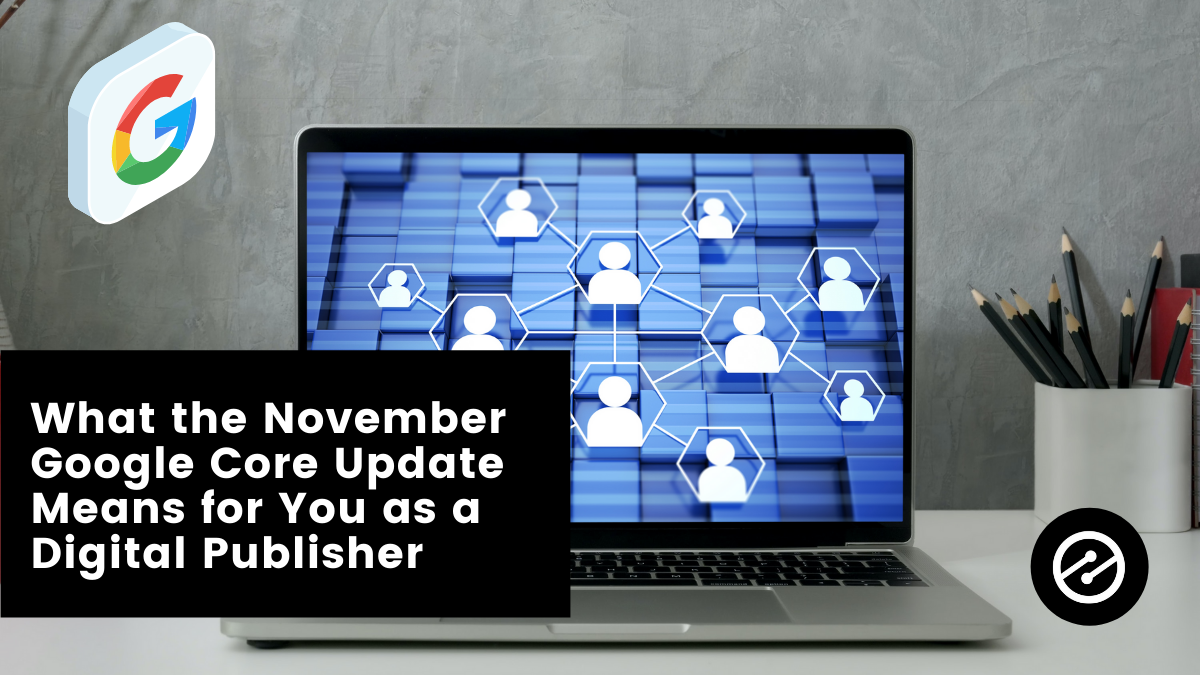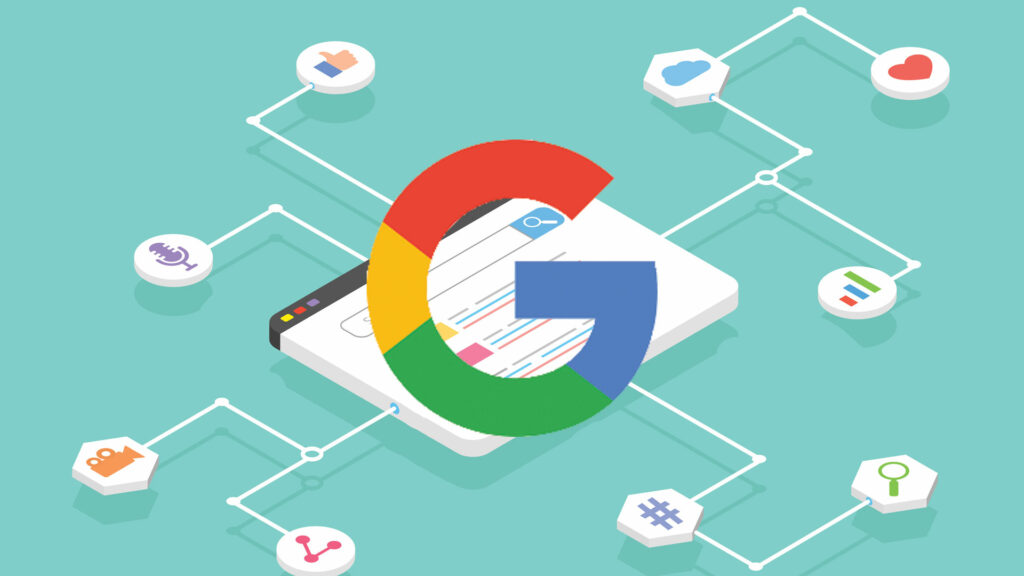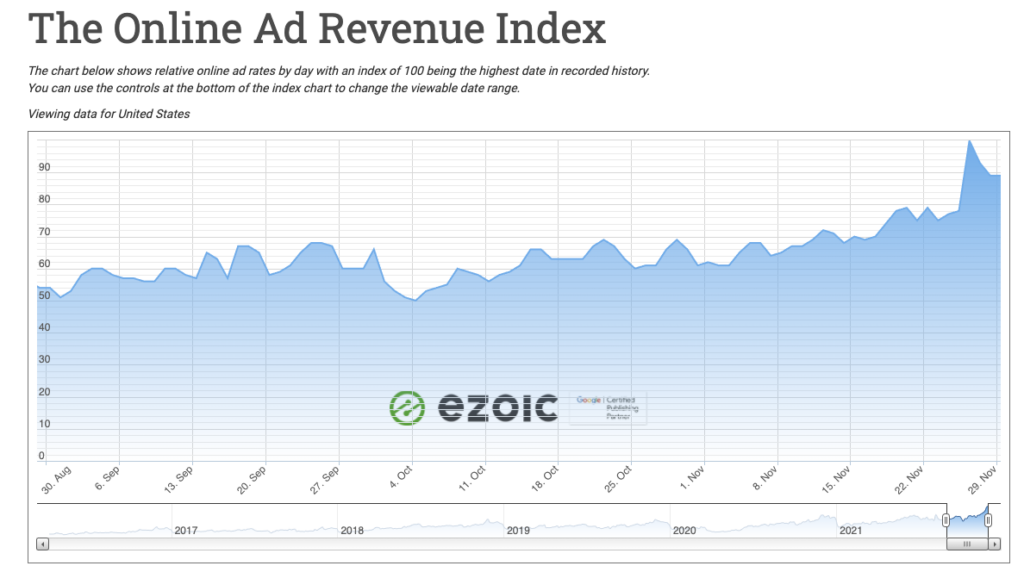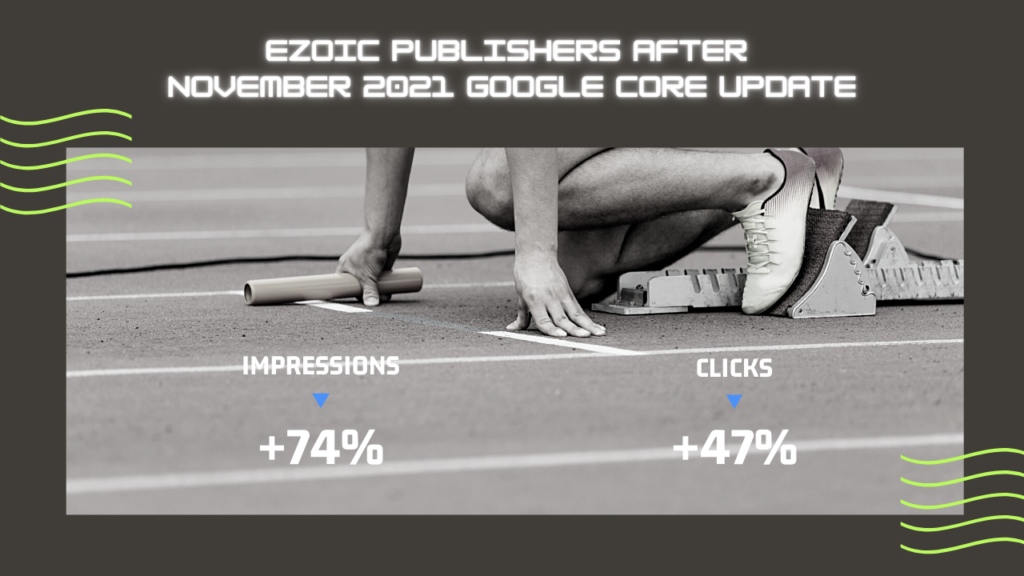
What the November Google Core Update Means for You as a Digital Publisher

Get helpful updates in your inbox
November’s core update from Google rolled out recently and publishers across the internet had something to say.
We’re here to gather the info and report back, and to share data about Ezoic publishers and what they’ve experienced.
Additionally, there will be some tips and tricks about what to do in relation to algorithm updates.
The last time we published an article about a Google core update, it was back in June of 2021 so feel free to get more recent history on the subject matter.
What are Google core updates

Here is what to know about every Google core algorithm update:
Google will change all of the keyword clusters as well as all of the possible document styles. And that’s why we see that some sites are crashing and some sites are increasing traffic tremendously because they change how things are related to each other for every step.
This means that typically, sites that see the most changes are sites that are a part of a big bubble. By this, it refers to a site that gets impressions from a largely occupied space. For example, the home and garden niche could be a population that gets adjusted.
The results from this data showed that this rollout hit hard within the first 24 hours of the announcement and then slowed fast.
At this point in time, Google has confirmed that this update is done rolling out. A considerable amount of reports show that there are signs that the November 2021 update was more substantial than the July 2021 update.
The buzz from publishers
As usual, we’ve seen a mixed bag of reactions to the update.
The volatility seems to be a bit higher compared to the last update.
The good news is, it’s the right time of the year as ad rates have skyrocketed. Be sure to check the ad revenue index, especially towards the year-end to see record-setting ad rates.

With everything said, it’s important to take into account that the people who are the loudest on the internet are most likely those impacted the most (or worst).
So the fact that there’s not too much uproar is generally a good sign.
Our publishers
We ran a query on Ezoic publishers to see how they were impacted.
Here we’re looking at publishers’ sites 10 days before the update and comparing their metrics to 10 days after the update rolled out.
What we looked for in this span of time was the impressions, restricting to only Google as the source. We also looked at clicks to draw conclusions as well.
When we looked at our data pull from thousands of publishers, we were ecstatic to see the results and the percentage change after the update.
From the thousands of publishers we surveyed, we saw a positive jump in our impressions and clicks metrics. The average percent change from the “before” date range to the “after” date range was +74% for impressions and +47% for clicks.
It goes to show that data-driven analysis is the only way to study the effects of an algorithm update.
All in all, it’s estimated that ranking changes post-update are not that different than daily fluctuations.
How to keep up on Google Core Updates
After this update, it’s always a good idea to keep tabs on Google through sources like their Search Central Blog.
They’re direct about highlighting what types of things are important for publishers and drop not-so-subtle hints on the ways to improve your content in relation to their update.
While you’re at it, Google Search Liaison is the number-one account follow on Twitter for updates and all things concerning Google Search.
Lastly, Google published an article and a research paper that both signal improvements to Google’s algorithms that can dramatically speed up current question answering tasks and in the future greatly increase Google’s ability to answer more complex questions.
What to do and how to react
Here we’ll reiterate our advice and best practices on what to do.
When Google rolls out a new core update, the absolute best thing you can do as a publisher is to not change your site.
This way, if you do experience an organic loss (or growth) in traffic, you will be able to attribute the cause to the update.
All we know is that one fact prevails: There’s no way to future-proof your site for Google updates that affect your search ranking/organic visibility.
What you can do is follow Google’s recommendations and keep an eye on your own rankings, as well as SEO and content excellence.
Have you seen any sudden changes in your traffic or rankings since the November Core Update? Let us know in the comments.
For related pieces of content, be sure to check out this piece on how to write content that ranks on Google.

Erik is a digital marketing and content creation expert. Erik has consulted and developed media for brands, earning accolades for his agile tactics and lean marketing approaches.
Featured Content
Checkout this popular and trending content

Ranking In Universal Search Results: Video Is The Secret
See how Flickify can become the ultimate SEO hack for sites missing out on rankings because of a lack of video.
Announcement

Ezoic Edge: The Fastest Way To Load Pages. Period.
Ezoic announces an industry-first edge content delivery network for websites and creators; bringing the fastest pages on the web to Ezoic publishers.
Launch

Ezoic Unveils New Enterprise Program: Empowering Creators to Scale and Succeed
Ezoic recently announced a higher level designed for publishers that have reached that ultimate stage of growth. See what it means for Ezoic users.
Announcement

